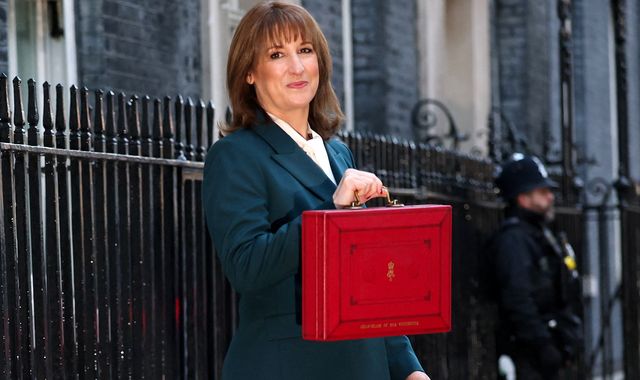Deciding whether to allow pets in your rental property is a significant consideration for landlords. While there are potential benefits, such as attracting more tenants and reducing vacancy rates, there are also risks, including property damage and increased maintenance. Let’s take a look at the pros and cons of allowing pets in your Keighley, Oakworth, Haworth and Oxenhope rental property to help you make an informed decision.
Pros of Allowing Pets
Attract More Tenants
Allowing pets can expand your pool of potential tenants. Many renters have pets and may struggle to find pet-friendly accommodations. By offering a pet-friendly property, you can attract responsible pet owners who are willing to pay higher rents or additional deposits for the privilege.
Reduce Vacancy Rates
Pet-friendly properties are in high demand. Allowing pets can lead to longer tenancy durations as pet owners are more likely to stay in a rental that accommodates their furry friends. This can reduce turnover and the associated costs of finding new tenants.
Higher Rental Income
Landlords who allow pets can often charge higher rents or additional pet fees. Many tenants are willing to pay a premium for a pet-friendly property, which can boost your rental income and offset potential maintenance costs.
Build Good Tenant Relationships
Pet owners are often responsible and considerate tenants. By allowing pets, you can foster positive relationships with tenants, leading to better communication and cooperation. Happy tenants are more likely to take care of the property and pay rent on time.
Cons of Allowing Pets
Property Damage
One of the biggest concerns for landlords is the potential for property damage caused by pets. Pets can scratch floors, chew on fixtures, and create messes that require additional cleaning. These issues can lead to higher maintenance and repair costs.
Allergies and Odours
Pets can cause allergies for some people and leave lingering odours in the property. This can make it challenging to re-rent the property to tenants who are sensitive to pet allergens or prefer a pet-free environment. Thorough cleaning and potential replacement of carpets or furnishings may be necessary between tenancies.
Noise Complaints
Pets, especially dogs, can create noise disturbances that may lead to complaints from neighbours or other tenants. Barking, howling, or other pet noises can disrupt the peace and lead to conflicts, which may require intervention.
Insurance and Liability
Allowing pets can impact your landlord insurance policy. Some insurance providers may charge higher premiums or exclude coverage for pet-related damages. Additionally, there is a potential liability if a pet injures someone on the property. Ensure you understand the implications for your insurance and consider requiring tenants to have renters' insurance that includes pet liability coverage.
Setting Pet Policies
If you decide to allow pets, it's important to establish clear pet policies. Specify the types and sizes of pets allowed, any additional deposits or fees, and rules for pet behaviour. Include these policies in the tenancy agreement to protect yourself and ensure tenants understand their responsibilities.
Allowing pets in your rental property has both advantages and disadvantages. While it can attract more tenants, reduce vacancy rates, and potentially increase rental income, there are risks such as property damage, allergies, noise complaints, and insurance implications. Carefully weigh these pros and cons to determine the best approach for your rental property. If you choose to allow pets, establish clear policies to manage potential issues effectively.
For help with any questions you might have around pets and policies, just get in touch by phoning 01535 872018 or email jason@davies-properties.co.uk.






Share this with
Email
Facebook
Messenger
Twitter
Pinterest
LinkedIn
Copy this link